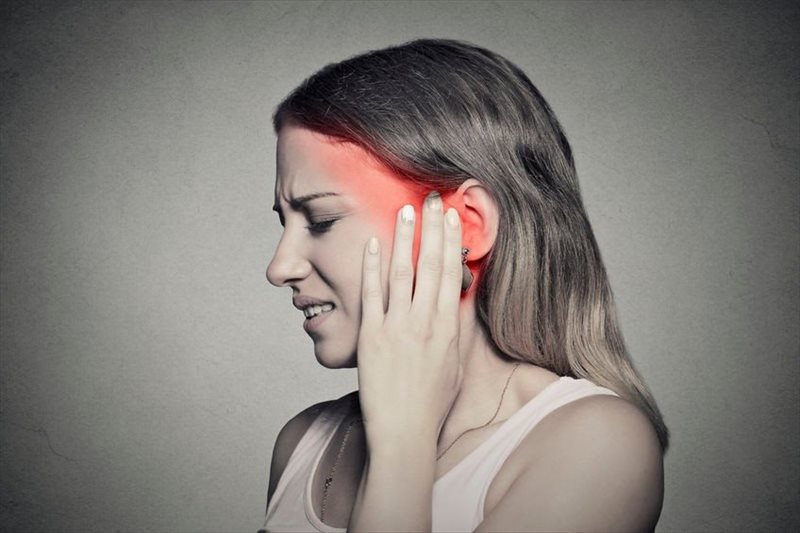An ear infection is an inflammation of the middle ear, which holds some small bones and determines how we hear. Fortunately, this infection often disappears alone during managed properly with the ear infection treatment of painkillers in the mind (mainly due to hearing problems that can arise). Sometimes antibiotics are used to get rid of the remaining bacteria that are left behind after cleaning the fluid or debris from around your ears. In this way, you don’t have this problem anymore.
Ear infections are more common in adults than children, but they can still occur. Unlike children’s ear insects that often pass quickly and do not require treatment, adult diseases are likely to be signs of something worse with one health.
Much more unclear than it sounds: young people get ears because their ears have not fully developed. Although this adult’s illness may seem like something out of date in the past or the truth is not always true; They are still happening today.
Goth with an infected outside (pinna) inside the ear canal will experience pain when the listener listens.
Winning Earwax is a healthy natural process for the human body. When this habit does not function as it should and things accumulate in the ear that causes pain or blocked eardrums, and then consult a doctor immediately before the situation becomes worse.
Ear infections are often naturally disappearing. Ear pain can appear gradually or suddenly. The type and severity of the pain can vary, but usually dull to sharply with temporary help that may be for some people who experience sustainable ears such as ringing sounds (tinnitus).

Primary otalgia occurs when inflammation begins in the ear while secondary otalgia refers to other causes outside of this structure that causes similar symptoms of ear infection in adults such as hearing loss due to damage caused by trauma blunt strength/ nerve endings joked etc.
The Most Common Symptoms in Children :
- Ear pain, especially when lying down
- Interesting or attracting the hardness of the ear (because they are awakened by noise)
- Commotion and/or crying more than usual.
Adults can also experience these signs and symptoms due to diseases such as middle ear infections – which we call otitis media. Symptoms can range from mild discomfort to up to the top :
- Ear pain
- Drainage of fluid from the ear
- Difficulty listening
- fever more than 100 f (38 c)
- Headache
There are three main types of ear infections. They are in accordance with the three main parts of the ear: the inside, middle and outer parts that have different symptoms.
Inner Ear Infection
A condition diagnosed as an inner ear infection may actually be inflammation and not an actual infection. In addition to ear pain, ear infection symptoms include: dizziness nausea vomiting becomes a sign of more serious conditions, such as meningitis.
Middle Ear infection
Middle ear infections are also known as otitis media. This is caused by the fluid trapped behind the eardrum, causing the eardrum to swell. In addition to ear pain, people may experience full feelings in the ear and have fluid drainage from the affected ear. Otitis media may be accompanied by fever. This causes hearing problems until the infection starts to disappear.
Outer Ear Infection
The outer ear is a part of the ear that extends from the eardrum outside the head. External ear infections are also known as otitis externa. External ear infections often begin with an itchy rash. Ears can be painful and swollen red.
Ear infections are often caused by bacterial infections. But whether it has an external or middle ear infection depends on how the infected person gets.
Middle ear infections are often caused by bacterial infections. But whether you get an external or middle ear infection depends on how bacteria enter the body, which can vary depending on where in the world they live and what type of breathing problems people have from there.
The most common way for this insect to enter our body is through the throat infected with cold viruses because this area has so many entry points into it. Swelling can also occur if the irritation of the eustachian tube leads to blocking drainage channels.
Oversight infections are common for people who often swim or shower. Humidity in the outside ear can cause infection if not cleaned regularly, and this type of bacteria is called otitis externa which begins only to swell around the outside of the hearing tube. But people can also scratch them with dirty fingers containing germs from previous strokes – this then turns into a more serious problem.
